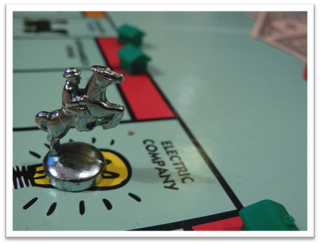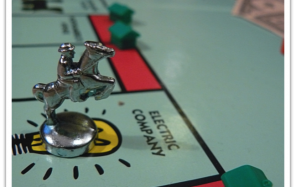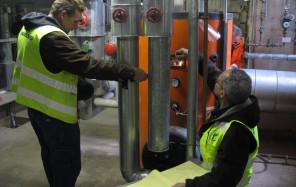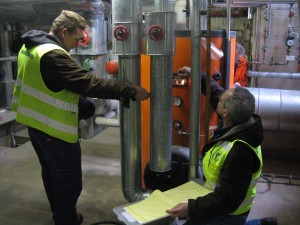 The high level concept of energy deregulation is defined as when government reduces its role and allows industry greater freedom in how it operates. Similar to deregulation in other industries like telecommunication and transportation, energy deregulation involves the purchase of electricity and natural gas through a competitive market. In a regulated market, commercial, industrial and residential users of electricity and natural gas are forced to buy energy through the utility without competition.
The high level concept of energy deregulation is defined as when government reduces its role and allows industry greater freedom in how it operates. Similar to deregulation in other industries like telecommunication and transportation, energy deregulation involves the purchase of electricity and natural gas through a competitive market. In a regulated market, commercial, industrial and residential users of electricity and natural gas are forced to buy energy through the utility without competition.
The lack of competition in the market increases the cost to the end user because the utility can charge any rate it can justify to the regulatory authorities and the suppliers are not forced to compete for the business. Deregulated markets promote competition between suppliers because it permits customers to choose the lowest cost supplier with the most advantageous contract terms. Many would argue that deregulation lowers costs for the end user and has stimulated suppliers to create advantageous product offerings for consumers.
How It Works
Electricity and natural gas bills contain charges and rates for demand and supply. The demand or distribution charge is paid to the entity, typically the local regulated utility, who owns the lines and/or pipes that distribute the electricity or natural gas to customers. The demand charge is regulated by a Public Utility Commission and the delivery is guaranteed by law. A common question from first time procurement customers is “Could I lose access to electricity and natural gas by switching to a competitive supply contract?” The resounding answer to this question is: “NO”. You do not risk losing access to electricity and natural gas because you choose to take advantage of deregulation. The transmission and delivery is guaranteed by the PUC and the local utility that owns the transmission lines and/or pipes.
Customers can save by taking advantage of deregulation because it allows supply firms to compete for your business and aggregate usage with other customers creating economies of scale and lower pricing. The typical supply charge savings ranges from 5-20% on average compared to purchasing supply through the utility (owner of the lines/pipes). Many factors can impact the savings including the contract length, natural gas, oil and other commodity pricing fluctuations, the float provided for in your supply contract, and various outside influences that can negatively or positively affect commodities markets.



